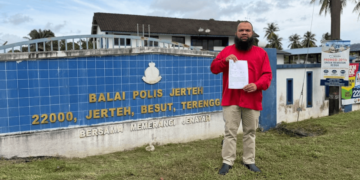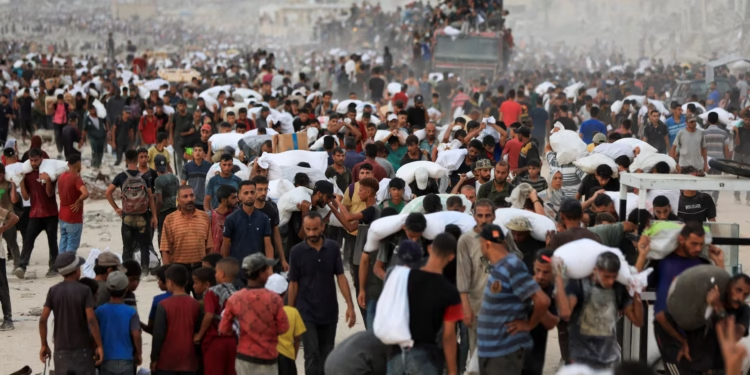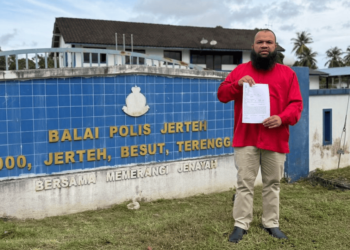“In 2025, hunger is no longer a distant tragedy; it’s a global emergency unfolding in real time.”
That is the sobering message from the latest report by the World Food Programme (WFP), which identifies ten countries most devastated by famine and food insecurity this year. From war-torn Sudan to besieged Gaza, hunger is both a weapon and a wound inflicted by conflict, prolonged droughts, shattered economies, and deliberate neglect.
Here’s what the world must urgently pay attention to, not as passive observers, but as global citizens.
1. Sudan: A Nation Starving Amid the Ruins of War
Once the breadbasket of Northeast Africa, Sudan is now a battlefield of despair. 26.6 million people, more than one-third of the population, are trapped in a spiralling food crisis as the military and the Rapid Support Forces (RSF) continue their violent power struggle. The military is torching farms, obliterating supply chains, and displacing millions of families. Inflation soars, and food, even if available, is beyond reach.
“We’re not just fighting hunger; we’re fighting for survival,” says a displaced mother of four in Khartoum.
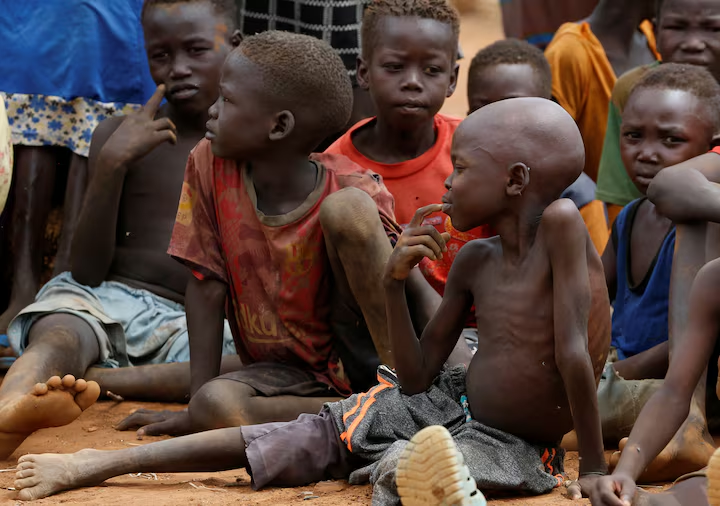
2. Somalia: Where Drought Replaces Rain, and Fear Replaces Hope
In Somalia, the rains have failed again. Armed conflict, entrenched poverty, and decades of fragile governance have left 4.4 million people, many of them children, without enough to eat. International aid is often the only lifeline. However, in remote regions dominated by terror groups, even international aid cannot reach those in need.
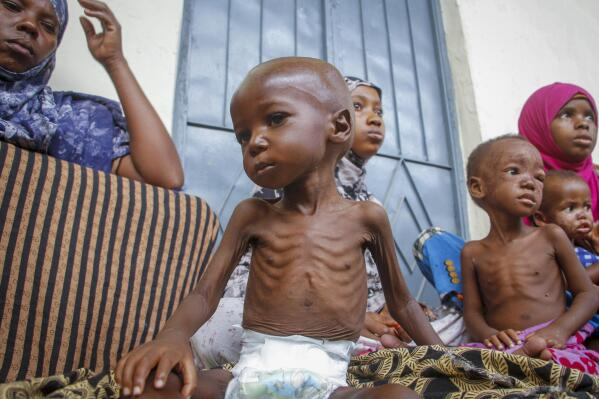
3. Afghanistan: A Silent Emergency in a Collapsing State
14.8 million Afghans are suffering the sharp bite of hunger in a nation reeling from economic collapse, political isolation, and failed harvests. Drought continues to ravage rural areas, while a faltering government struggles to feed its people amid frozen reserves and international sanctions.
“Malnutrition rates in children have reached dangerous levels,” warns a Kabul-based medical NGO.
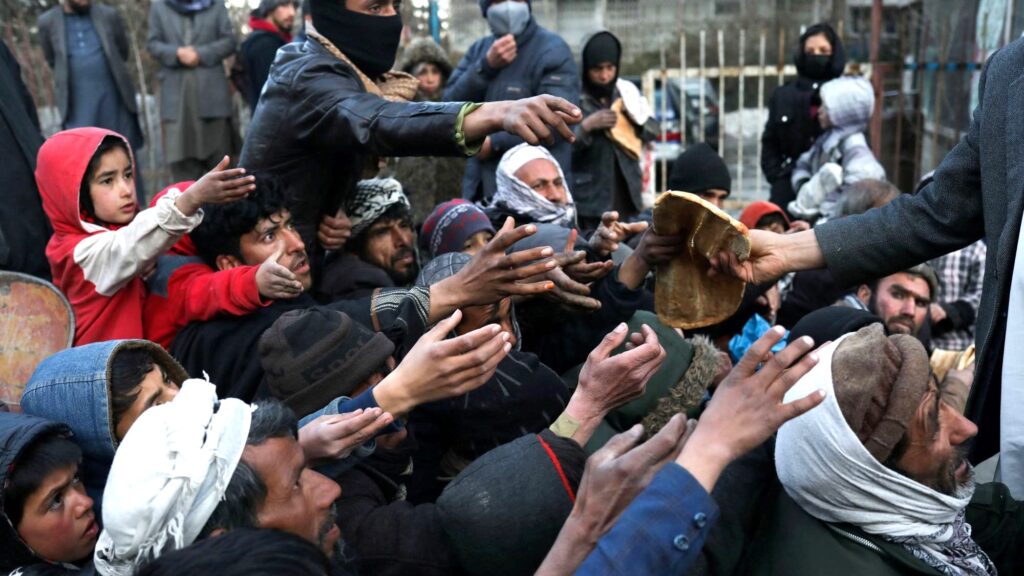
4. Palestine (Gaza): Starvation Under Siege
Few humanitarian crises today are as harrowing or politically charged as that of Gaza. The WFP reports that 93% of Gazans are food insecure, with 500,000 on the brink of famine. More than 5,000 children were treated for severe malnutrition in July alone.
Under relentless bombardment and tight Israeli blockades, food has become a weapon of war. Families now struggle to survive with only one meal per day, if they are lucky enough.
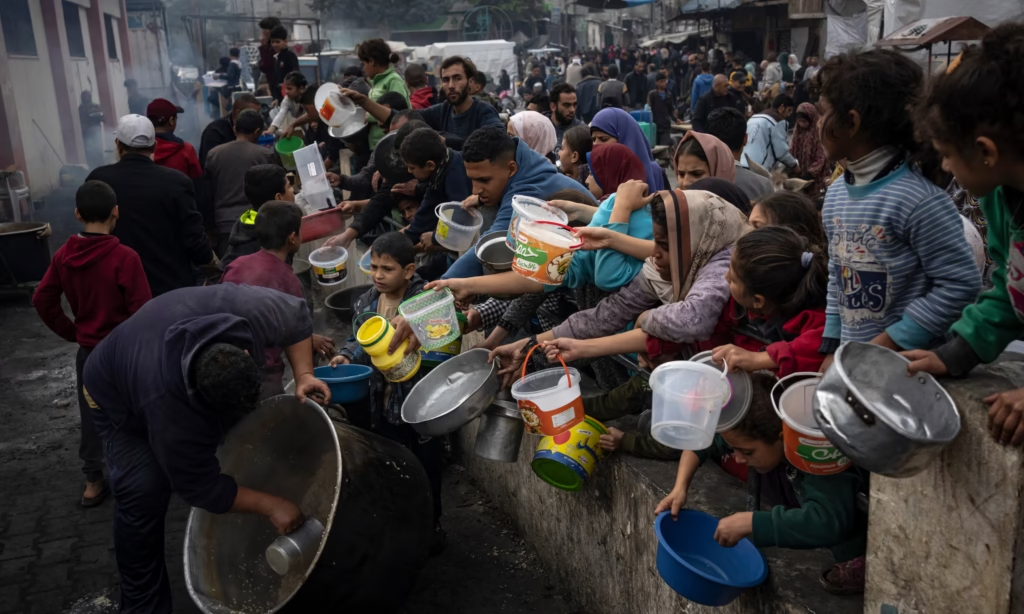
5. Yemen: A War That Starves the Soul
In Yemen, famine is both a consequence and a strategy. Years of civil war, economic blockades, and the collapse of state systems have forced well over 17 million people into a state of chronic food insecurity. Clean water, basic medicines, and nutrition are luxuries. Children waste away in overcrowded clinics. Aid convoys are often blocked or targeted.
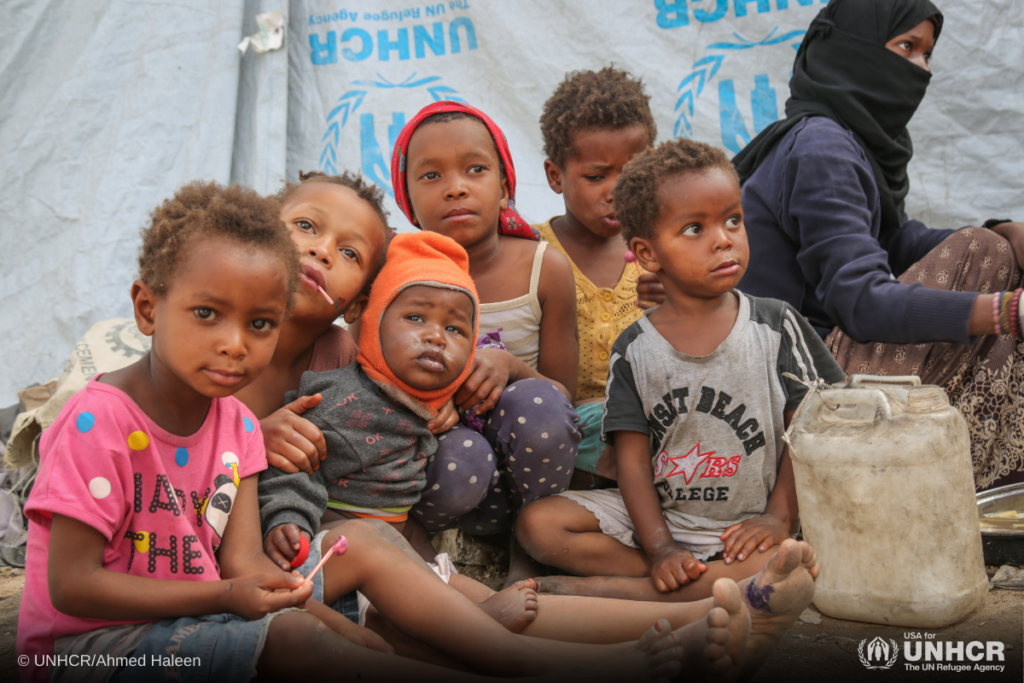
6. South Sudan: Hope Sinks Beneath Rising Waters
Floods and civil unrest have devastated South Sudan, where 7.7 million people are in crisis. Once-navigable roads are underwater, crops have failed, and armed clashes persist. Children under five face alarming rates of acute malnutrition.
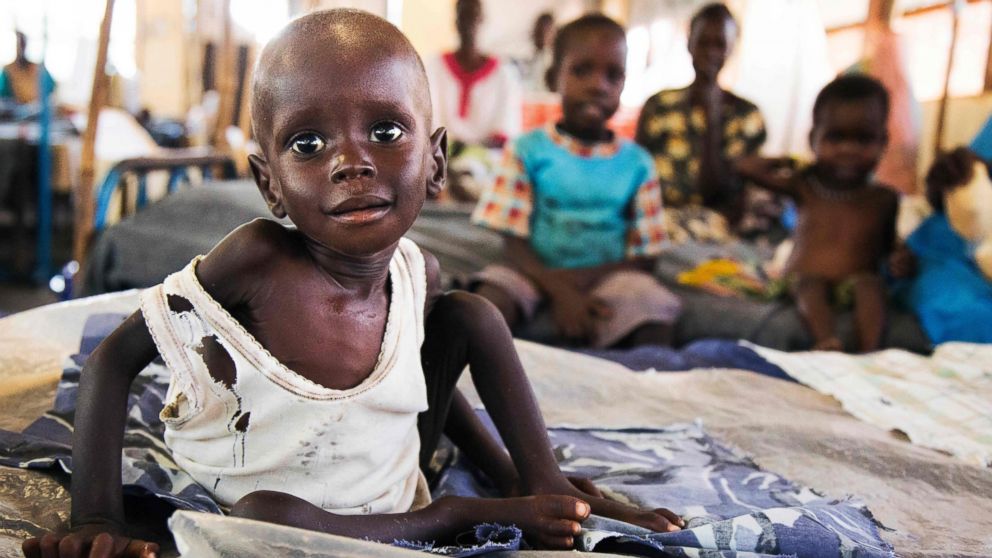
7. Ethiopia: Hunger Behind Closed Borders
Over 20 million Ethiopians are now at risk, particularly in Tigray and Amhara, where ethnic violence, political instability, and drought intersect. Displacement, misinformation, and restricted access have clouded the crisis, but stories trickling out paint a grim picture of silent suffering.
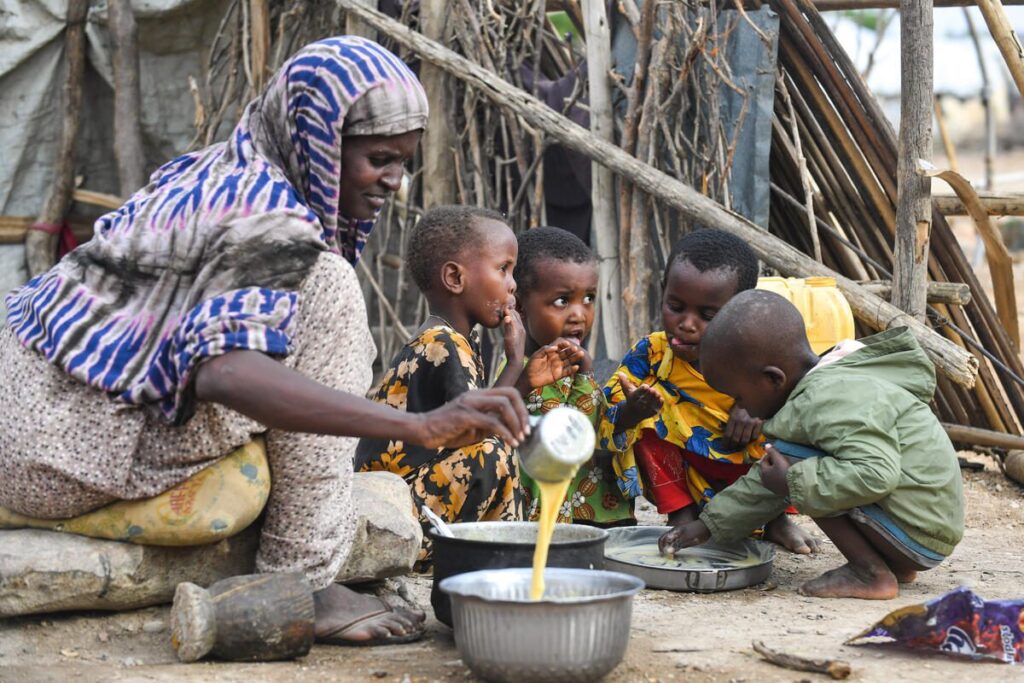
8. Democratic Republic of Congo: A Forgotten Catastrophe
A forgotten war has trapped 28 million people in the DRC. Ongoing conflict and logistical chaos in this mineral-rich but chronically unstable country are keeping food and aid out of reach. Hospitals are struggling to cope with the surge in malnutrition.
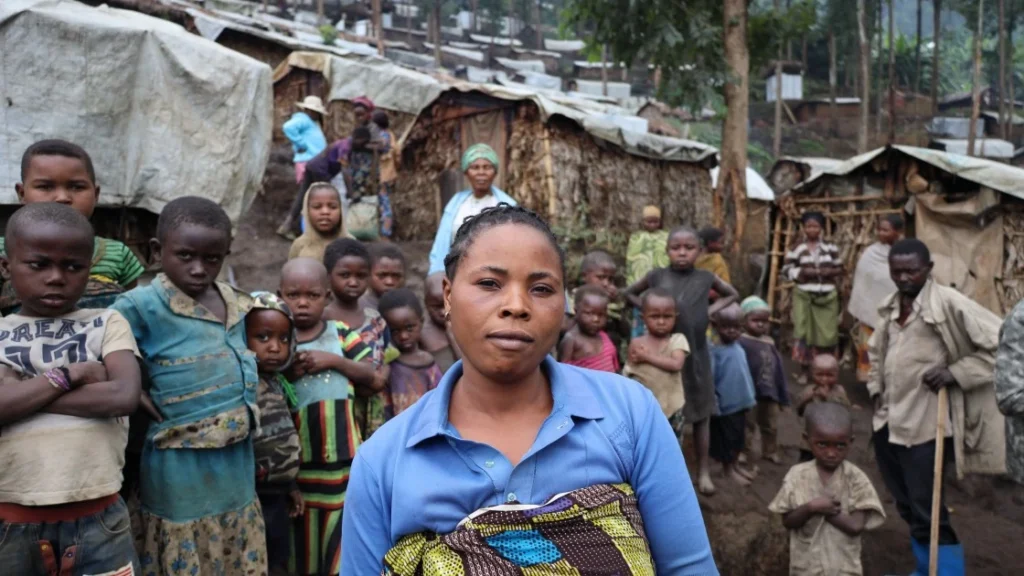
9. Haiti: Disaster After Disaster
Haiti, battered by political chaos, gangs, earthquakes, and hurricanes, is facing a multifaceted catastrophe. 5.4 million people lack access to sufficient food. Inflation and currency collapse mean even those who work cannot afford to eat. In Port-au-Prince, food queues are growing longer by the day.
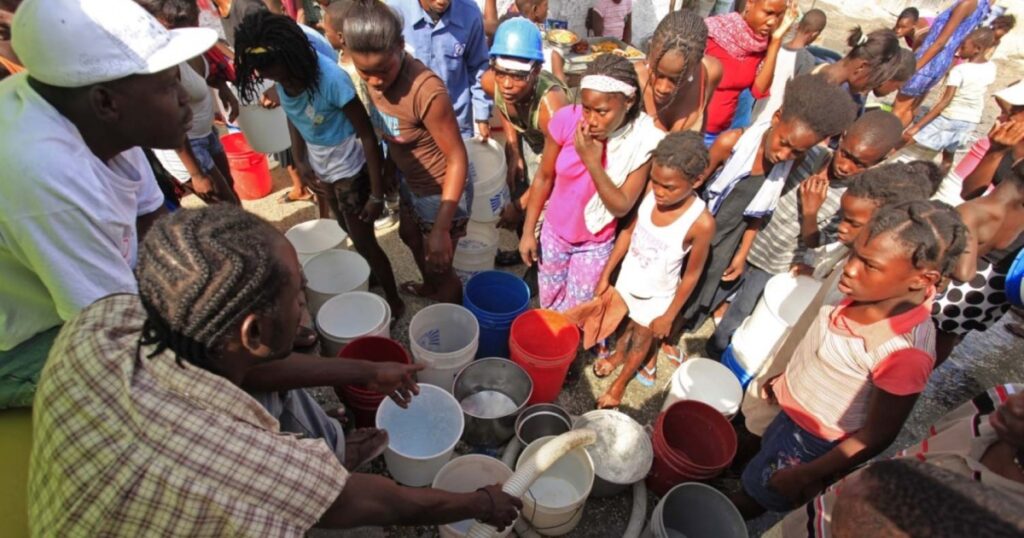
10. Central African Republic (CAR): A Crisis in the Shadows
With only 2 million people, CAR is small but deeply wounded. Ongoing armed conflict, lack of infrastructure, and limited media coverage have kept its hunger crisis largely off the radar. But the pain is real. Aid workers report that entire communities discover themselves isolated, relying solely on foraged roots and hope for survival.
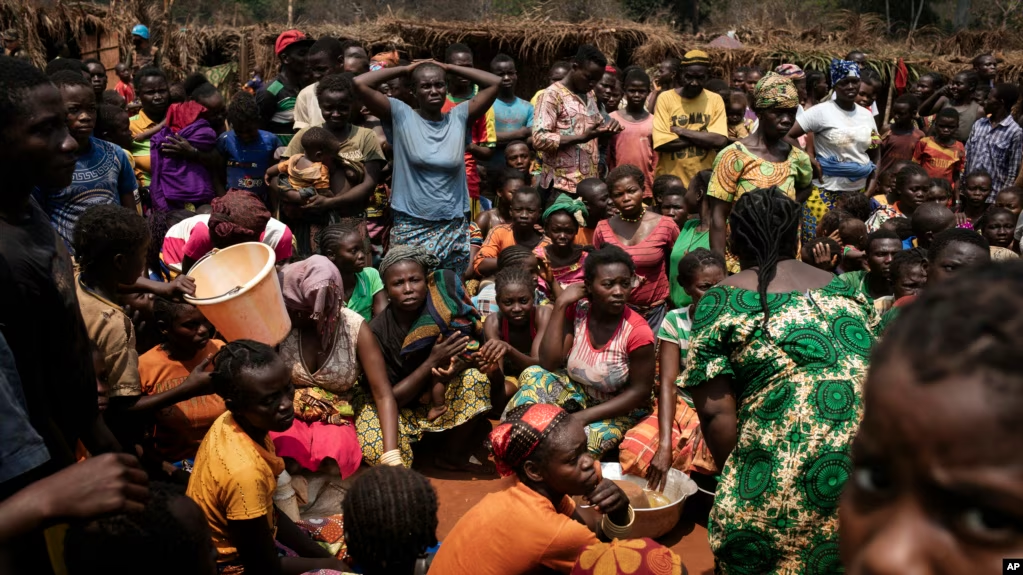
The Common Thread: Conflict, Climate, and Collapse
What binds these ten nations together is not geography; it is man-made suffering. Conflict, governance failures, and worsening climate conditions are colliding catastrophically. Food is no longer just about agriculture; it is about access, stability, and justice.
“Hunger today is not about food shortage. It’s about inequality, neglect, and the deliberate denial of dignity,” says a WFP spokesperson.
What Now?
Silence is not neutrality; it is complicity.
These countries are crying for more than aid. They need political will, international pressure, and sustained attention. Hunger is a slow death, but it’s preventable. The question is: will we act before another child starves, not because the world lacks food, but because it lacks fairness?
This report is based on WFP’s 2025 assessment and field interviews. -MalayaDailyToday





























